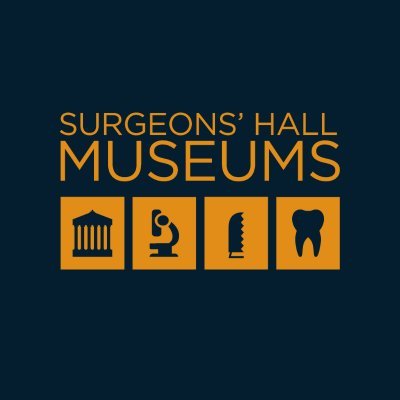
@surgeonshall
Home to the largest & most historic collection of surgical pathology in the world. Open 10am-5pm, 7 days a week. For Library and Archive follow @RCSEDArchive

@surgeonshall
Home to the largest & most historic collection of surgical pathology in the world. Open 10am-5pm, 7 days a week. For Library and Archive follow @RCSEDArchive